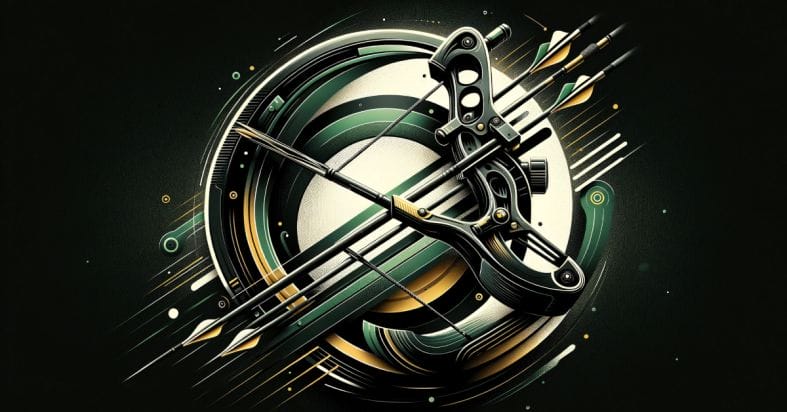With a growing interest in reconnecting with ancient forms of hunting and sport, many modern archers are making the switch to traditional archery. This style of archery, which relies on using a recurve bow or longbow without modern sights or stabilizers, offers a unique challenge that enthusiasts find both rewarding and fulfilling. In this blog post, we will explore the reasons behind the shift towards traditional archery, the benefits it offers, and how newcomers can successfully make the transition to this ancient yet timeless form of archery.
Understanding Traditional Archery
For centuries, traditional archery has been an integral part of many cultures around the world. From hunting and warfare to sport and recreation, the art of using a bow and arrow has a rich history that continues to captivate enthusiasts today.
History and Evolution
Evolution of traditional archery traces back to the earliest civilizations, where bows and arrows were important tools for survival. Over time, different cultures developed unique techniques and equipment, shaping the diverse practices we see today. Understanding the evolution of traditional archery provides insight into its deep-rooted significance across various societies.
Modern Traditional Archery: Equipment and Styles
With advancements in technology, modern traditional archery enthusiasts can enjoy a wide range of equipment and styles that blend the classic art with contemporary convenience. From traditional longbows and recurve bows to modern materials and accessories, there is a diverse array of options available for archers to explore and customize according to their preferences.
Modern traditional archery enthusiasts have the opportunity to choose from different shooting styles, such as instinctive shooting, gap shooting, or string walking. Each style offers a unique approach to aiming and releasing arrows, allowing archers to engage with the sport in a way that suits their individual preferences and skills.
Making the Transition
Comparing Traditional and Modern Archery
| Traditional Archery | Modern Archery |
|---|---|
| Uses simple equipment like a longbow or recurve bow | Utilizes compound bows with intricate pulley systems |
| Focuses on technique and form | Relies on technology for accuracy and distance |
| Requires more skill and practice | Offers more precision and consistency |
On commenceing on the journey from modern to traditional archery, it’s important to understand the fundamental differences between the two disciplines. While modern archery relies heavily on technology and advanced equipment for accuracy, traditional archery focuses on simplicity, technique, and skill.
Preparing for the Switch: Mindset and Expectations
For those considering transitioning to traditional archery, it’s crucial to prepare mentally and emotionally for the change. Setting realistic expectations and understanding that the learning curve may be steep can help in embracing the challenges that come with traditional archery.
Archery is not just a physical activity but also a mental one. Shifting to traditional archery requires a shift in mindset, focusing more on the process and enjoyment of shooting rather than solely on hitting the target. Embracing the journey and the traditional aspects of archery will ultimately lead to a more fulfilling experience.
Essential Skills and Techniques
Mastering the Traditional Stance and Grip
Many traditional archers underestimate the importance of mastering the proper stance and grip when shooting. With a traditional bow, consistency is key, and it all starts with your stance. To achieve accuracy and power in your shots, you must learn to position your feet shoulder-width apart, perpendicular to the target, with your body slightly angled. Additionally, mastering the grip is important to prevent torque and inaccurate shots. The grip should be firm but not tense, with the bow hand forming a relaxed ‘V’ shape.
The Art of Aiming Without a Sight
With traditional archery, aiming without the aid of a sight becomes a skill that requires practice and precision. Skills such as gap shooting, instinctive shooting, or string walking are common techniques used by traditional archers to aim accurately. By honing these methods, archers rely on muscle memory and intuition to consistently hit the target. Patience and dedication are crucial as mastering the art of aiming without a sight can take time and persistence.
The Art of Aiming Without a Sight: Traditional archery often requires the archer to rely on instinct and muscle memory. By practicing techniques such as gap shooting or instinctive shooting, archers develop the ability to aim and shoot accurately without the use of a sight. This skill not only enhances the archer’s connection to the bow and arrow but also hones their overall shooting abilities.
Practice and Progression
Developing Your Form and Consistency
With traditional archery, developing proper form and consistency is crucial for accuracy and success. Start by focusing on your stance, grip, anchor points, and release technique. Consistent practice is key to muscle memory and improving your shot execution. Experiment with different styles and techniques to find what works best for you.
Overcoming Common Challenges
Consistency in traditional archery can be challenging, but it is not insurmountable. Common challenges include inconsistent arrow grouping, target panic, and tense muscles leading to poor shots. Overcome these challenges by focusing on breath control, relaxation techniques, and mental focus. Remember that progress takes time and dedication, so practice regularly to see improvement.
Understanding the common challenges in traditional archery is the first step towards overcoming them. One of the key challenges archers face is target panic, which is the sudden inability to focus on aiming and release due to anxiety. By becoming aware of this issue and practicing calming techniques, such as visualization and mental imagery, archers can regain control and improve their accuracy.


